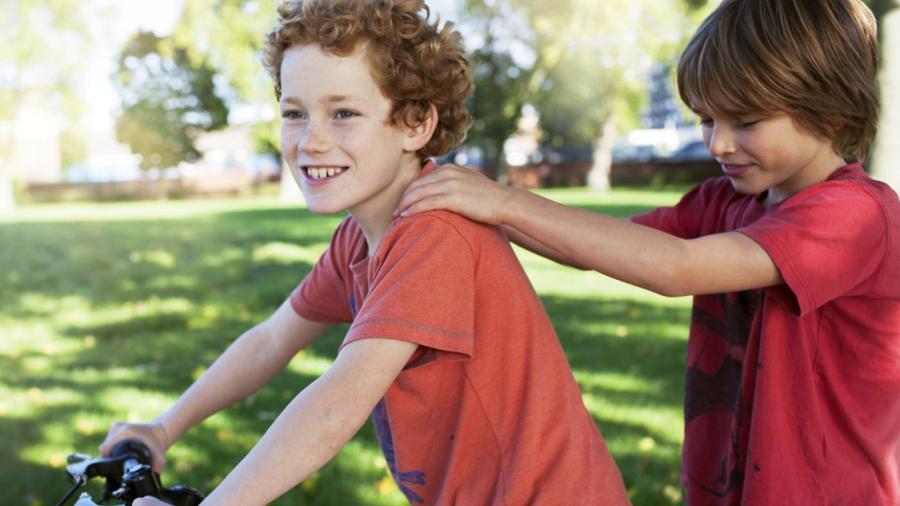What Is Human Emotional Development?

Development continues throughout the human lifespan. Areas of change include physical, intellectual, social and emotional. Emotional development is considered briefly below.
Emotional Development: Life Stages Emotional development is the changing capacity to experience and express personal feelings as well as recognize and interpret those of others. Most theories focus on the maturation of children while some include the dynamic mental landscape of adults. However, this is primarily a focus on childhood development. Virtually every treatment of the subject breaks it down into stages, starting with infancy.
Infancy: Birth to One Year Old As babies cannot directly report emotion, researchers rely on outward expression of feeling as shown by vocalization, facial expression and physical action. There is some debate on the accuracy of observations based on subjective interpretation but the conclusions are generally accepted.
Experience of pleasure begins early. Smiles appear in six to 10 weeks and laughter within four months. At this point, babies seem to begin to recognize the facial expressions of others and respond emotionally to them. Within seven to 12 months, other emotions emerge, such as anger, disgust and fear. These responses often seem to be based on recognition and mimicking of the caregiver’s emotional state.
Toddlerhood: One to Two Years Old More complex emotions, indicating self-awareness begin to emerge at this stage and, as verbal skill develops, children can report directly to researchers giving a more accurate emotional picture. The capacity for shame or pride develops, although the triggering incidents vary among cultures. A more nuanced understanding of feelings is also shown as toddlers begin to be able to correctly label emotional states. Unsurprisingly, empathy starts to be shown at this stage as children start to differentiate between themselves and other and recognize emotions separate from their own.
Preschool Age: Three to Six Years Old In these years, children begin to learn the skill and importance of emotional control. Primary caregivers aid in this through modeling and explanation. The anticipation of future emotion is also present as children can be prepared for potentially stimulating events, such as a doctor visit or birthday party through discussion and coaching. The potential for dissimulation begins to emerge, although its importance and application vary among cultures. This ability demonstrates the beginnings of a deeper and more nuanced application of empathy that shows around age four or five. At this age, children develop the ability to imagine another’s perspective.
Grade School: Seven to 11 Years Old At this point, children have become much better at emotional regulation and nuanced expression. These skills tie in with social development, which is increasingly important from this age onward. Children are also more adept at coping with emotionally trying situations and interaction. They have also developed a set of expectations about the emotional responses of others based on experience and empathy. Much of this is strongly colored by cultural expectations.
Adolescence and Beyond By now, people are emotionally sophisticated and are growing increasingly adept at self-examination, emotional regulation and understanding of the feelings of others. Emotional and personal identity begins to solidify. As the teen years pass, emotional understanding is tested and expanded by entering the workplace at the creation of a new center outside of the immediate family. This often takes the form of a spouse and children but may also be a life partner or core group of friends. Finally, senior years involve self-reflection and the contemplation and acceptance of aging and death.





